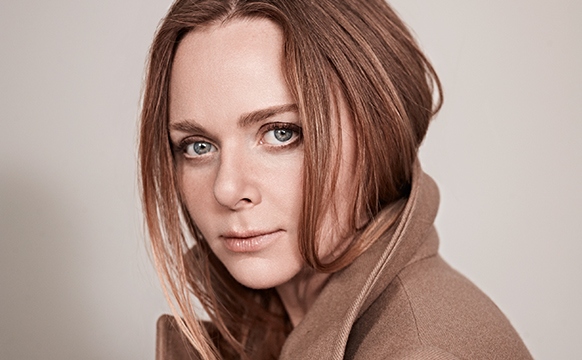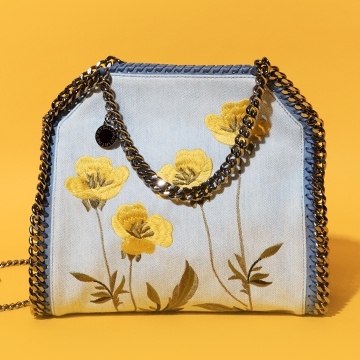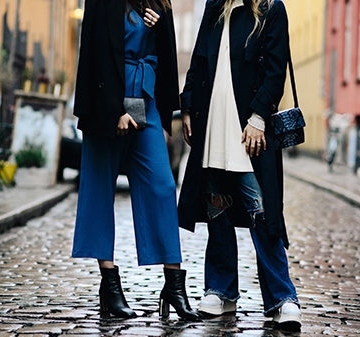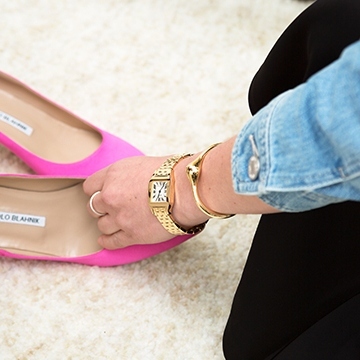Q&A: Stella Mccartney Wants You to Live Like Every Day Is Earth Day
Words by Jody Hume |
4.22.18
A lot of the time, it feels like news about the environment just gets worse, especially when it comes to fashion. 2,500,000,000 pounds of clothing end up in landfills each year. Fashion is second only to the petroleum industry when it comes to CO2 pollution. The alerts and dire warnings are overwhelming, but in their midst, positive things are happening. And you can take part in them, with advice from none other than Stella McCartney herself. Her commitment to sustainability in fashion is unequaled, which is why we were beyond excited to launch our partnership this year. Together we’re working on initiatives that will contribute to the circular economy — instead of buy, use and discard, the new way forward is to make well, buy well, resell. Here, we talked with the designer about the future of sustainable fashion and how to live every day like it’s Earth Day.
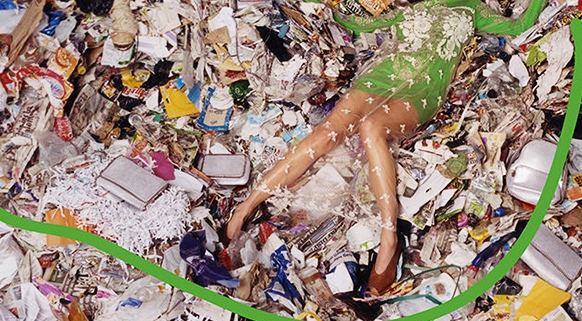
Many people think about sustainability on Earth Day, but what is a simple way anyone can make a positive environmental impact every day?
Every day is Earth Day to me. There are so many things you can do; you can stop eating meat, even just one day a week, which has a bigger impact than stopping using all transport for an entire week. You can do that through Meat Free Monday, which is a cause that I started with my dad and my sister. If you want to learn about that, that’s a super simple thing to do. I think you can just really look around you, and be aware of how you’re consuming. I’m excited about our partnership with The RealReal, which I think is a great, cool, fashionable, easy, effortless business that’s basically all about recycling. Taking fashion and reselling it, that for me is a no-brainer. Instead of discarding fashion and putting it into the land or burning it, you’re wearing it, and bringing it into your life with a second life.
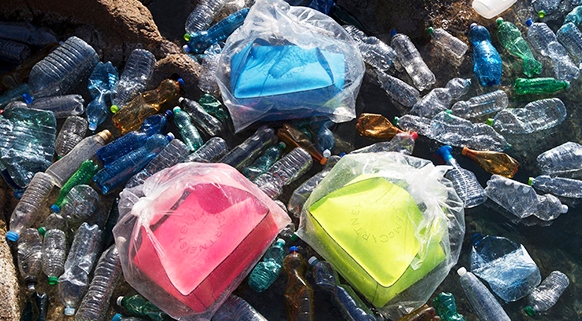
You have always led the fashion industry when it comes to ethical business practices and sustainability, and yours is the first luxury brand to really come out in support of consignment as an important part of the circular economy. But more brands do seem to be becoming aware; Gucci, Michael Kors, Versace and Jimmy Choo, have all recently announced they’re going fur-free, for example. Do you think more luxury brands will consider committing to sustainability, especially when it comes to consignment?
I think that it’s a little bit ignorant and shows a slight disconnect for some of the luxury houses to not think their clothes are re-sold, re-gifted, or have a second life; I think it’s not realistic. And if they truly believe that, I think they maybe need to look at the future of fashion and the next generations. I personally grew up on second-hand clothes, going to thrift stores, going to charity stores, buying designer clothes second hand, because that’s how I had more access to them. I think it also provides a kind of fun element to the process. I don’t think it’s realistic to think that the whole world can access these price points or products first-hand in these stores’ own retail shops or within a luxury environment. There’s definitely a future in online shopping too…there are other ways of doing the luxury fashion sector. I think The RealReal is something to be embraced — it’s fun, it’s quick. It provides a solution for all of the problems that we have in the fashion industry, for how negative we are on the environment, and I just think it’s a more playful, realistic way to look at luxury fashion.
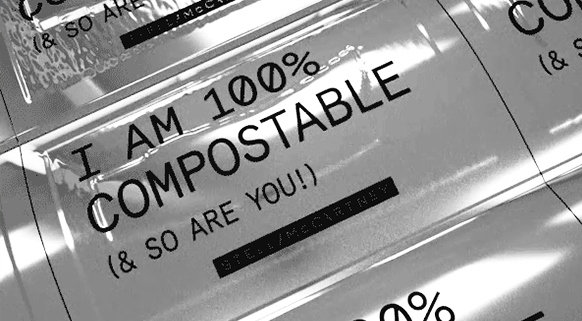
Sustainability has been worked into the Stella McCartney world in many creative ways: beach locations for editorial shoots that highlight the importance of water conservation and combatting plastic pollution, compostable trash bags for your runway show invites in Paris…what are some of the keys to infusing sustainability into products’ messaging in ways that are luxurious, fresh and desirable?
The key way to inject all of those things into luxury fashion is design. The product is king, and I am a fashion designer first and foremost. For me it needs to be seamless and completely unnoticeable, and at no stage should you compromise your style for sustainability. So it’s critical that the first point of contact is the design — looking at the fabrics, the colors, the silhouettes, embroideries. Looking at how we then present it and communicate it to the world. I’m a creative person in every single thing that I do, and every single point of contact that you have with Stella McCartney needs to come from that starting point. Then it should just go hand in hand that I source my materials in a more mindful, responsible, conscious manner.
The key point is I don’t eat animals and I don’t want to kill them for handbags and shoes. I don’t want to buy into that cruelty and mass murder on a daily basis. I want to come into this world and leave this world with as clean a conscience as I can have. And I’m privileged enough to have a platform to do that in a public way, but you know, even if I didn’t have a fashion brand, it’s just my way of living. And I think that’s more and more people’s way of living.
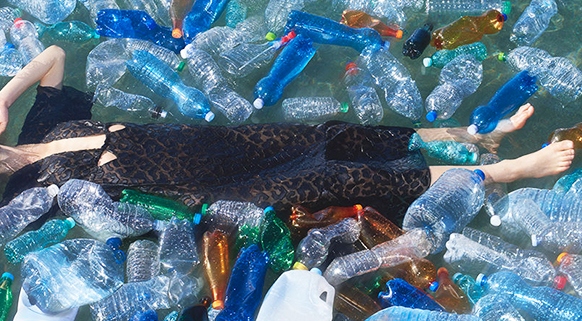
How do you bring sustainability into the office? We’ve heard there’s a vegetarian cafeteria. What has the reaction been?
It’s funny, we bring it in every day here. We’re just thinking in a circular way about every single thing that we do — how we live our life at home is how we live our life at work here. I think my business model attracts a certain type of person, that we’re like-minded. So to have a vegetarian and vegan cafeteria here, it wasn’t even a surprise to anyone, it’s just a given. They love the food, and people talk about it every day here. People from outside come and eat here and can’t believe the quality. It doesn’t matter if it’s got meat or dairy in it, it’s just great food.
Learn more about our sustainability partnership with Stella McCartney here.
